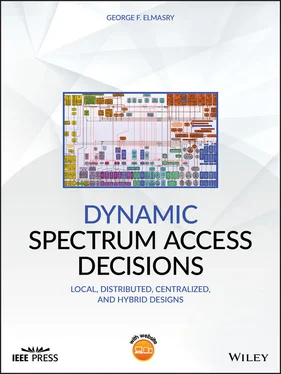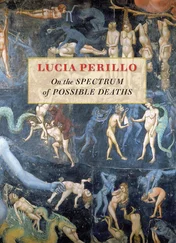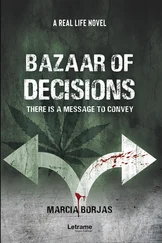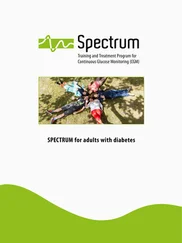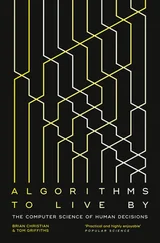Let us consider the model in Figure 6.7, where we have transmitting and receiving pairs with the direction of transmission selected randomly. The transmitter and receiver locations can also be selected randomly within a given range such that the distance between a transmitter and the receiver, r , is bounded. If we do not consider interference due to background noise, we can create a formula that points to the most critical metric for the DSM technique to consider. If the DSM technique has a set target for SIR threshold as β , it can assume a Rayleigh fading model. With this model, the probability that SIR exceeds the threshold β is:
(6.3) 
where λ is the density of transmitters 13and C ( α ) is a function of α used to simplify the formula by consolidating the Rayleigh α parameter impact.
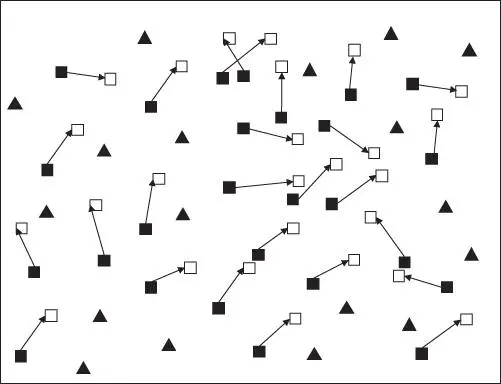
Figure 6.7Transmission capacity general model. Triangles represent idle nodes, black squares represent transmitting nodes, and white squares represent receiving nodes.
For SIR to be less than β , a link closure must have failed. Thus, the transmission capacity in a given area can be related to an outage constraint ε , where the successful transmission in the given area (unit area) can be expressed as:
(6.4) 
Equation (6.4), with its simplification approach of a complex problem domain, can point to the following critical aspects:
1 In a large ad hoc network, transmission capacity decreases as a function of r2. This can lead to the concept of sphere packing where each successful transmission utilizes a ground area that depends on the distance between the transmitter and the receiver.
2 The selected SIR threshold is critical. This is not a predetermined threshold. Cognitive techniques search for the SIR threshold that maximizes the area's spectral efficiency.
3 Transmit and receive node pairs can't be chosen in this model. Any node can be a transmitter or a receiver at any given time.
4 Although beam forming, spread spectrum, power control, and other DSA techniques are not included in this simple model, their impact can be reflected in the reduction of SIR, which leads to increasing spectral efficiency in Equations (6.3)and (6.4).
5 Other generalizations such as multihop transmission can be added to this model. Note that some cognitive techniques can search for the best multihop path utilizing the r2 impact and SIR threshold shown in this model.
Equation (6.4) makes it possible to consider the transmission capacity problem starting from a simple model.
The model in the previous section and illustrated in Figure 6.7considers transmission capacity in a given area in a general way. The model sheds light on the metrics a 5G DSM design would consider. However, 5G uses small cells that overlay on existing cellular networks to improve capacity and coverage. Indoor users specifically make use of small 5G cells such as femtocells. The best model for using 5G cells on top cellular networks is the two‐tier model where one tier is a base station and the other is the cells. This overlay model is represented in Figure 6.8where end users are randomly located. In this model, the density of the 5G cells can be expressed as l C, while the density of the end users can be expressed as l EU. Naturally, l EU≫ l C. One can extend the model in the previous section to consider other factors. For example, one can state the following:
1 The interference at an end user can be impacted by the interference from neighboring base stations and from the randomly placed small cells.
2 The interference at a small cell can be impacted by all the uplink connections from the end users within a certain vicinity of the small cell.
3 End users transmitting to a base station can use relatively higher power than end users transmitting to a small cell.
4 The aggregate calculated SIR may consider the impact of small cells, base stations, base station users, and cell users.
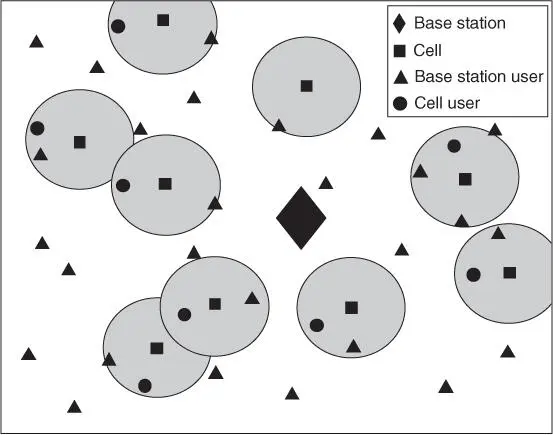
Figure 6.85G cell overlay over cellular base station.
Notice in Figure 6.8that it is possible for an end user to be in the coverage of a 5G cell but use the base station not the cell because of the cell limited capacity or because of a required transmission rate and quality of service (QoS).
A DSM technique can consider the density of end users in a base station coverage area to create a metric for the transmission capacity needed and to point out the need for more cell deployment within the base station coverage area. Other factors that can be used are the transmission outage estimated from Equation (6.4) and actual measurements of events such as connection denial to an end user can be utilized to increase the cell density. 14
Cellular infrastructure pre 5G is fixed. 5G has no fixed infrastructure since cells can be deployed anywhere where demand is needed. Spatial modeling, covered in Section 6.2, is essential to DSM for both the planning and runtime aspects. After deployment, the model can be used for finding out what new features and capabilities a 5G infrastructure needs in order to increase spectrum efficiency.
There is another layer of overlay that can complicate this spatial modeling. If and when 5G deploys nonterrestrial infrastructure, there will be a satellite or a high altitude platform (HAP) that will have a nonterrestrial base station overlaid on top of multiple ground base stations areas. This model, however, is far in the future and beyond the scope of DSM in this chapter.
6.3 Stages of 5G SI Cancellation
The previous sections focused on spatial modeling and evaluation metrics without considering some DSA techniques that can decrease the impact of SIR on the transmission capacity of 5G infrastructure. This section focuses on one important aspect of DSM in 5G, the maximization of SI cancellation. In order to increase the infrastructure capacity, 5G uses different stages of SI cancellation, as shown in Figure 6.9.
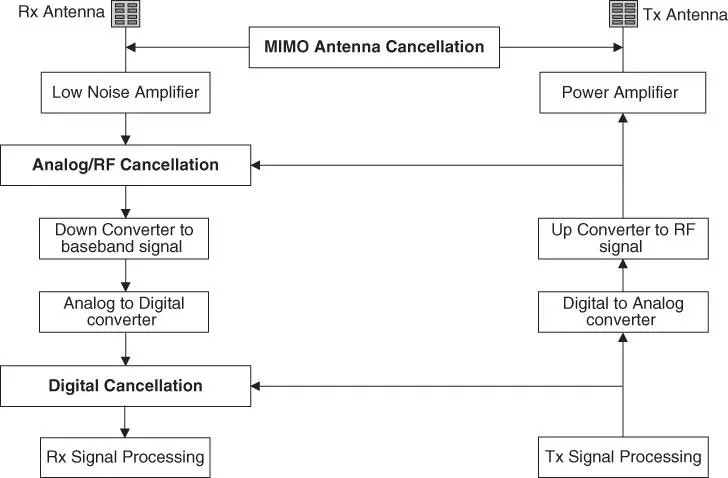
Figure 6.95G FD communications with different stages of noise cancellation.
Let us consider the following aspects of SI cancellation with FD communications that makes DSM more efficient and possible with the higher frequency bands 5G is utilizing:
1 Directionality. 5G beam forming relying on MIMO antenna technology means the signal is as narrow as possible where the spectrum is concentrated to the receiving node, with minimal spectrum leaks to other transmitting and receiving node pairs using the same frequency.
2 5G MIMO antennas implement SI cancellation using multipath fading analysis stages that reach up to 20 dB gain at both the transmitting and receiving antenna. This is shown in Figure 6.9as the MIMO antenna cancellation.
Читать дальше
